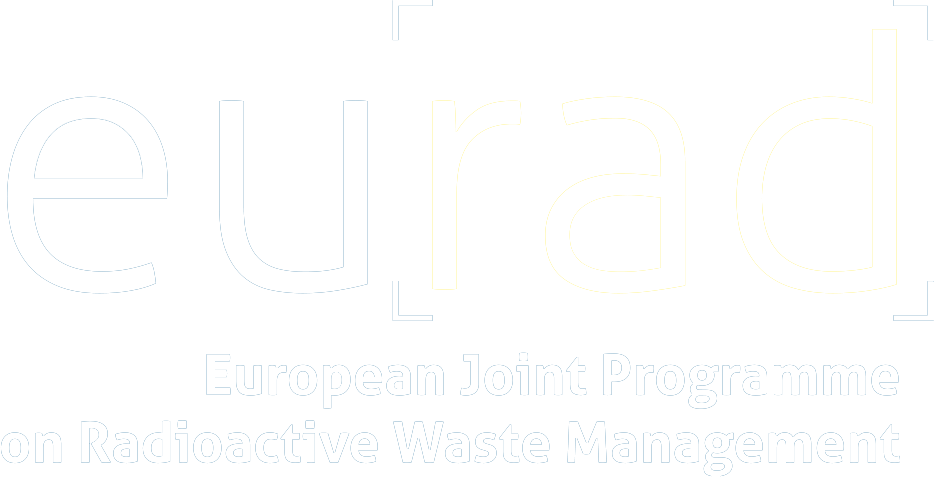The redox potential is an important property of redox-active clay minerals that are involved significantly in radionuclides retention. The redox potential controls the possibility of the occurrence of redox reactions between redox sensitive radionuclides (e.g. Tc, Se, or U) and Fe(II)/Fe(III) bearing clay minerals. Therefore, it is necessary to have accurate measurements of the redox potential of clay minerals in order to understand the redox mechanism. However, due to the extremely slow electron transfer between clay minerals and working electrode, redox potentials of clay minerals are hard to measure by conventional potential measurement techniques, such as an Eh meter. Mediated electrochemical reduction (MER) and oxidation (MEO) are newly developed techniques introducing mediators into the system, which are redox-active organic molecules that facilitate electron transfer between clays minerals and working electrode, so that equilibrium between the clay mineral and working electrode can be obtained. This visit to TNO is to learn how to implement MER and MEO, analyse data, and relate the property to the understanding of my research project. Reduced clay mineral samples (e.g. montmorillonite SWy, nontrinite NAu, and Texas montmorillonite STx) were sent to TNO. Different reduction degrees of clay minerals contain different Fe(II)/Fe(III) ratios, which cause different redox potentials of the clay minerals. By applying an external potential to the specific electrochemical cell setup, the clay minerals can be either reduced (Fe(III) to Fe(II)) or oxidized (Fe(II) to Fe(III)), and the current induced by mediated electron transfer between clay mineral and working electrode can be measured. By applying different external potentials with corresponding mediators, I am able to obtain a profile of Fe(II) fraction in the clay minerals and applied potential Eh, from which the standard reduction potential of the clay minerals can be determined and with that the relation between the redox potential and the Fe(II) content of clay minerals
A visit to TNO laboratory to learn electrochemistry technique
Start date:09/08/2021
End date: 13/08/2021
Beneficiary: Yanting QIAN
Location: Falcuty Geoscience Laboratory, The Netherlands
EURAD Work Packages involved
WP5: Fundamental understanding of radionuclide retention (FUTURE)


